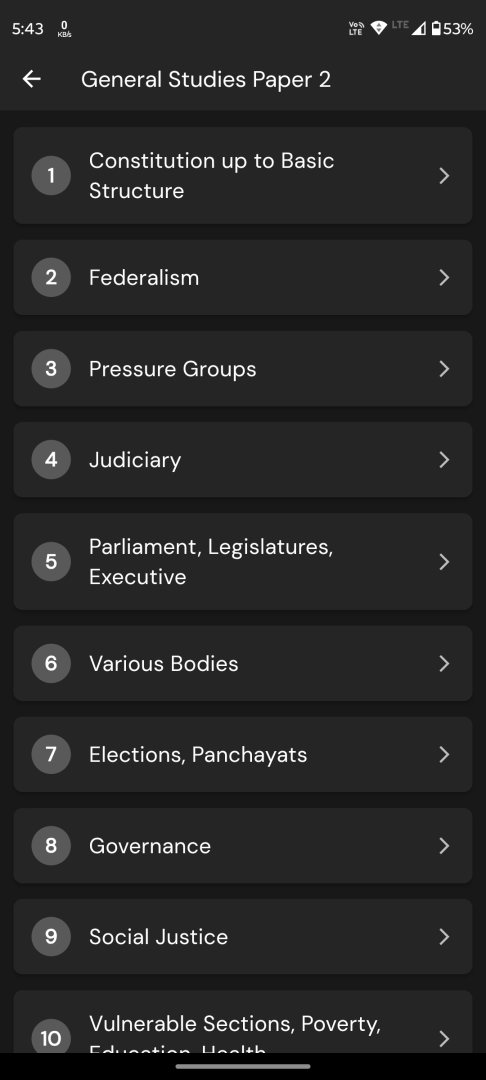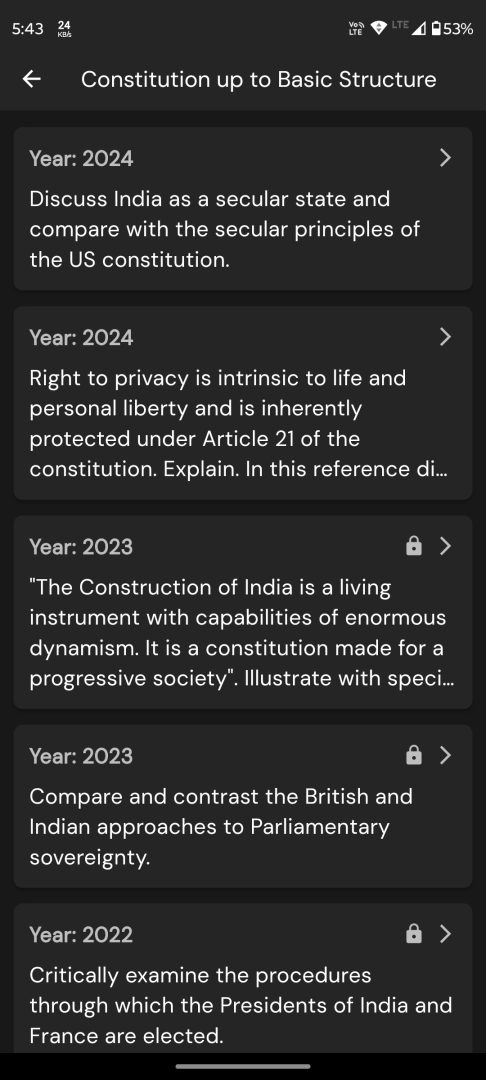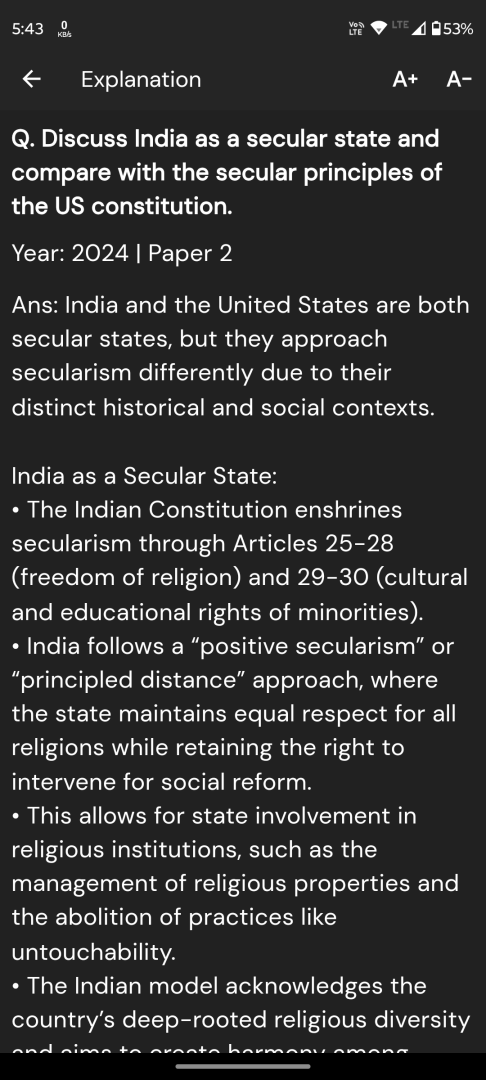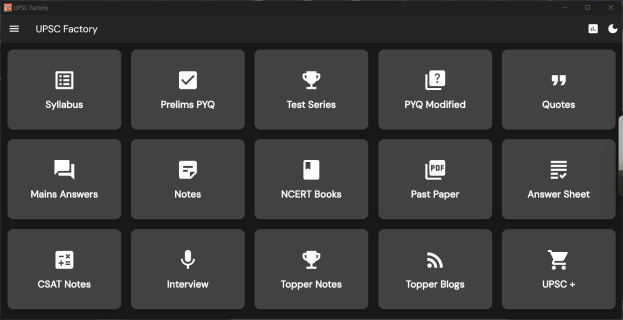Q. Discuss the nature of Jammu and Kashmir Legislative Assembly after the Jammu and Kashmir Reorganization Act, 2019. Briefly describe the powers and functions of the Assembly of the Union Territory of Jammu and Kashmir.
UPSC Mains 2025 GS2 Paper
Model Answer:
The Jammu and Kashmir Reorganization Act, 2019 fundamentally transformed J&K from a full-fledged state to a Union Territory with legislature, governed under Article 239A of the Constitution, similar to Puducherry.
Nature of the Assembly:
The erstwhile bicameral legislature became unicameral with dissolution of the Legislative Council. The Assembly comprises 114 seats – 90 elected members and 24 vacant (PoK territories), with a five-year term replacing the previous six years. The Act ensures representation through SC/ST reservation and Lieutenant Governor’s power to nominate two women members if underrepresented.
The Lieutenant Governor, appointed by the President, exercises greater control than state Governors, marking enhanced Union oversight over the territory.
Powers and Functions:
Legislative Powers:
• Can legislate on State and Concurrent List subjects, except ‘Public Order’ and ‘Police’ (e.g., law enforcement remains central)
• Parliament retains overriding authority on all UT matters
Financial Powers:
• Passes annual budget and taxation proposals (e.g., local taxes)
• Bills require LG’s prior recommendation, limiting financial autonomy
Executive Accountability:
• Exercises oversight through question hour, debates, and motions
• Council of Ministers aids LG, but LG has discretionary powers (All India Services, Anti-Corruption Bureau)
• Disagreements referred to President; LG’s discretion is final and non-justiciable
Conclusion: J&K Assembly operates with democratic representation but significantly reduced autonomy under Union Territory framework with enhanced central control.




